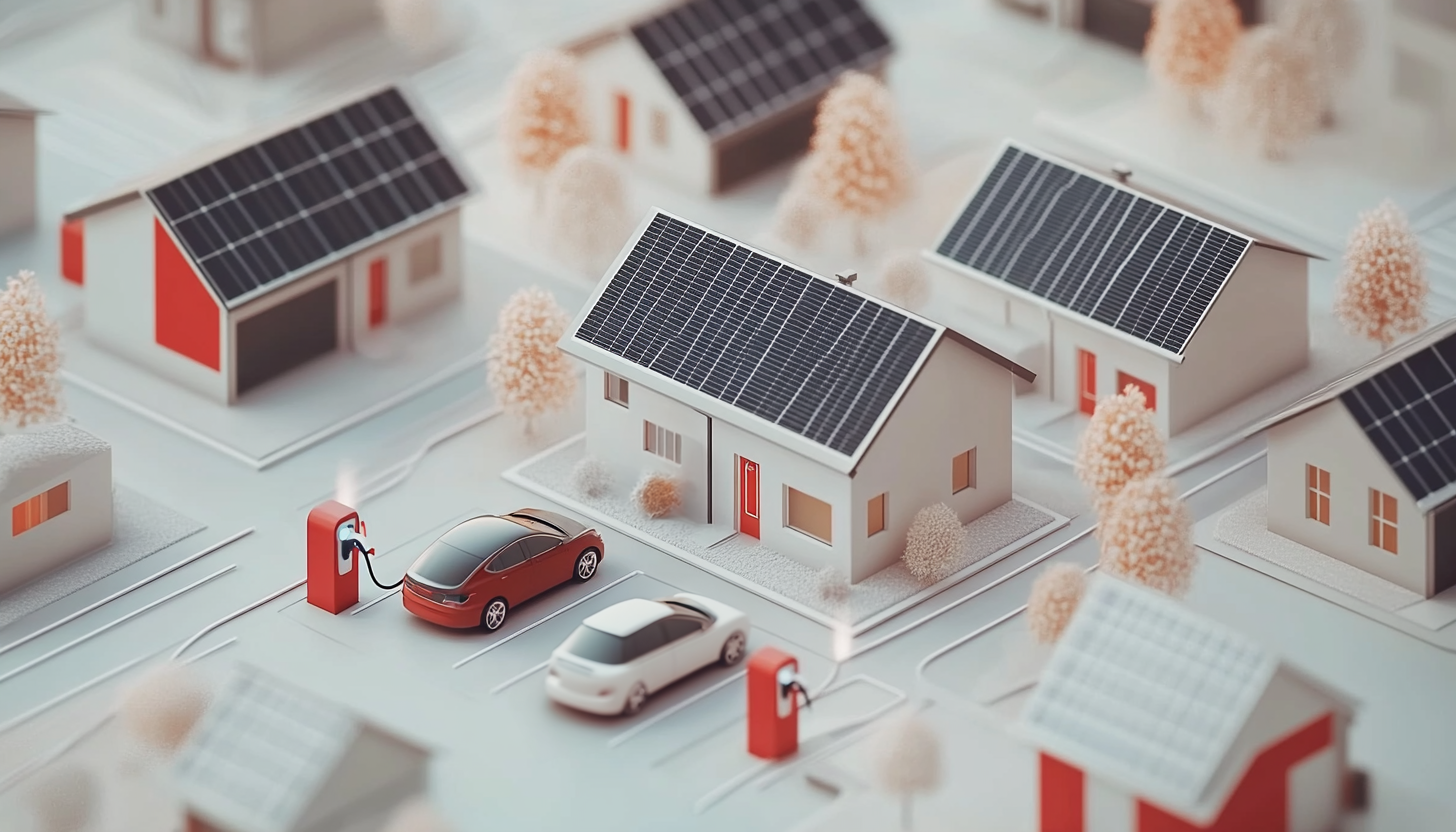
If you are not redirected within 30 seconds, please click here to continue.
Samedi: 10h – 16h HAE

If you are not redirected within 30 seconds, please click here to continue.
If you are not redirected within 30 seconds, please click here to continue.
What to do if you hit an animal and need to file an insurance claim

This article has been updated from a previous version.
If you’ve ever found yourself in the unfortunate situation of hitting an animal while driving, start by safely pulling over, activating your hazard lights, and checking for any injuries to yourself or your passengers. Then, assess the condition of the animal and decide whether contacting local authorities is necessary.
Accidents involving wildlife can cause anything from minor vehicle damage to serious collisions. But if you hit a large animal like a deer or moose, would your auto insurance policy cover the damage?
How car insurance coverage for wildlife collisions works
If you do have the misfortune of hitting an animal, there will likely be damage to your vehicle. If collision and comprehensive coverages are part of your policy, you may be covered for that damage.
Collision insurance provides financial protection if your car is damaged in a collision with another vehicle, object, or in this case, animal.
If you have car insurance in Ontario and hit a dead animal that’s lying on the road, your collision coverage may apply. However, hitting a dead animal comes with the expectation that you should have seen it and been able to safely avoid hitting it. Meaning, it may be regarded as an at-fault collision, which can increase your premium.
Comprehensive insurance covers you for non-collision-related damage that’s out of your control. Both coverages usually have a deductible, depending on your policy.
If an animal darts out in front of you while driving and you hit it, your comprehensive coverage applies. It is considered a not-at-fault collision; therefore, it’s unlikely to affect your premium. However, the rules on this may vary from province to province.
Read more: Does your car insurance policy include collision and comprehensive coverages?
Be mindful of when wildlife is most active in Canada
Wildlife collisions in Canada often follow seasonal patterns. Deer and moose are most active in October-November and spring, while raccoons and smaller animals appear more in warmer months. Summer also sees high activity in rural and urban areas alike.
That said, during summer months, animals are often active, especially in cottage country. Even in the city, you must be wary of small animals like squirrels, raccoons, and neighbourhood pets darting out across side streets.
Around 80% of wildlife collisions involve deer, while moose, elk, bears, and coyotes make up the remaining 20%.
Colliding with large animals like moose or bears is dangerous, often destroying vehicles and endangering lives. More than 14,000 collisions with wildlife are reported annually in Ontario, which is the highest amount in Canada.
Related: Does your car insurance cover you when travelling out of province?
How to avoid a collision with a wild animal
Think it’s unlikely you’ll hit an animal with your car? Think again: Recent stats show 6,066 wildlife collisions reported in Ontario over the last three years, rising annually, with most involving deer from October to December. Meanwhile, British Columbia averages 9,900 animal-related crashes each year, though the actual numbers might be higher due to under-reporting.
Collisions don’t just harm animals; they’re dangerous for humans too. According to the Traffic Injury Research Foundation (TIRF), 570 people were killed in wildlife collisions between 2000 and 2020. Moose accounted for nearly half of these fatalities, followed by deer at a third, with the rest involving smaller wildlife like bears and foxes. Alberta, Ontario, and Quebec lead in wildlife collisions causing deaths.
The Wildlife Roadsharing Resource Centre recommends these tips to help you stay safe and avoid a collision with wildlife:
- Pay attention to wildlife road signs. Areas that are prone to animal crossings will have road signs warning drivers of the threat, so keep an eye out for them, especially in less populated areas.
- Always wear a seatbelt. You should be doing this anyway. A collision with an animal can have a similar impact to hitting another vehicle.
- Stay alert and ready to react. Be extra vigilant during high-risk times like dawn, dusk, and wildlife migration seasons.
- Be mindful of your speed. Driving at or below the speed limit in wildlife zones gives you more time to react, particularly at night when visibility is low.
- Always scan your surroundings. Animals can dart out of nowhere quickly. Be aware of your surroundings while driving through forested areas. You can also take advantage of passengers in the vehicle as they can provide another set of eyes.
- If you see one animal, there’s probably more. If you see one animal, more may follow. Deer, for instance, often move in groups.
Learn more: What are the benefits of joining a roadside assistance program?
If you encounter an animal on the road
Stay calm. If you do encounter an animal on the road, take your foot off the gas and gently brake while keeping a firm grip on the steering wheel. Avoid using your horn unless necessary, as this could startle the animal and cause unpredictable behavior.
Do not swerve. Swerving might make you lose control of your car, hit other vehicles, or even pedestrians or cyclists.
If a collision with a large animal is unavoidable, do what you can to lessen the impact. Aim to graze the animal by slowing down as much as possible and maintaining steady control of your vehicle.
Read more: Will my car insurance cover damage discovered after filing a claim?
What to do if you have a collision with wildlife
If you hit an animal, treat it like any other road accident. Here's what to do:
- Pull over safely: Move to the side of the road, turn on your hazard lights, and ensure you’re out of harm’s way.
- Check for injuries: First, check yourself and anyone in the vehicle for injuries. Call emergency services if medical help is needed.
- Be cautious outside your car: If you need to exit the vehicle, stay off the road and watch for oncoming traffic.
- Contact the authorities: Depending on your location, you might need to report the collision to the police, especially if:
- A large animal or injured animal is creating a hazard.
- Another vehicle is involved.
- Major damage has occurred.
- Inspect your vehicle: Before driving off, check for safety issues like leaking fluids, broken lights, or other visible damage. If your vehicle seems unsafe to drive, call for a tow truck.
- Inform your insurer: Contact your car insurance provider promptly to inform them of the incident and start a claim if necessary.
Following these steps will help ensure your safety and allow you to address any necessary legal or insurance requirements.
Read next: Your car may be worth less after an accident: Learn about diminished value
Don't waste time calling around for auto insurance
Use RATESDOTCA to shop around, and compare multiple quotes at the same time.
Get money-saving tips in your inbox.
Stay on top of personal finance tips from our money experts!









